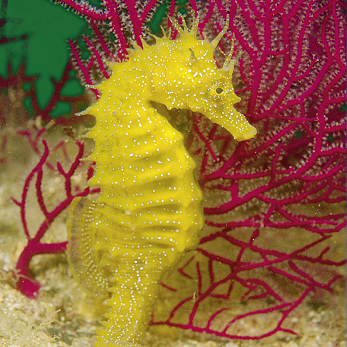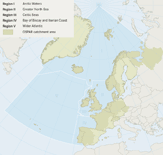Biological diversity – or biodiversity – is the term given to the variety of life on Earth and the natural patterns it forms. Biologically diverse oceans and seas are important for the proper functioning of marine ecosystems. They are also of high value to man in providing services, sustainable uses and as a basis for human health and livelihoods. Many marine species, habitats and ecosystems are sensitive to pressures from human activities and there is general agreement that marine biodiversity globally is facing unprecedented threats as a result of human activities in the marine environment, land-based inputs to the sea and climate change. Since 1998, OSPAR has been working under its Biodiversity and Ecosystems Strategy to identify, protect and conserve those species, habitats, and ecosystem processes in the North-East Atlantic which are most vulnerable to harm. This work complements the work under the Biodiversity and Ecosystems Strategy on human uses of the sea Chapter 8 and Chapter 9.
In 2002, both at the World Summit on Sustainable Development (Johannesburg) and in the context of the UN Convention on Biological Diversity, world governments committed to achieving a significant reduction in the rate of biodiversity loss at the global, regional and national level by 2010. OSPAR’s work is one of the key regional processes for implementing the Convention on Biological Diversity in the North-East Atlantic, complementing work done under various EU Directives and measures under the Bern Convention on the Conservation of European Wildlife and Natural Habitats, the Bonn Convention on Migratory Species, and other relevant instruments Table 10.1.
OSPAR Strategy objective for biodiversity and ecosystems
To protect and conserve the ecosystems and the biological diversity of the maritime area which are, or could be, affected as a result of human activities, and to restore, where practicable, marine areas which have been adversely affected.
The Strategy includes the following actions:
- Identify those marine species, habitats or ecosystems that need to be protected, conserved or restored.
- Adopt measures within the sphere of competence of OSPAR for the protection of those species and habitats, or draw the attention of other competent authorities to the need for such measures.
- Establish an ecologically coherent network of well managed marine protected areas by 2010.


